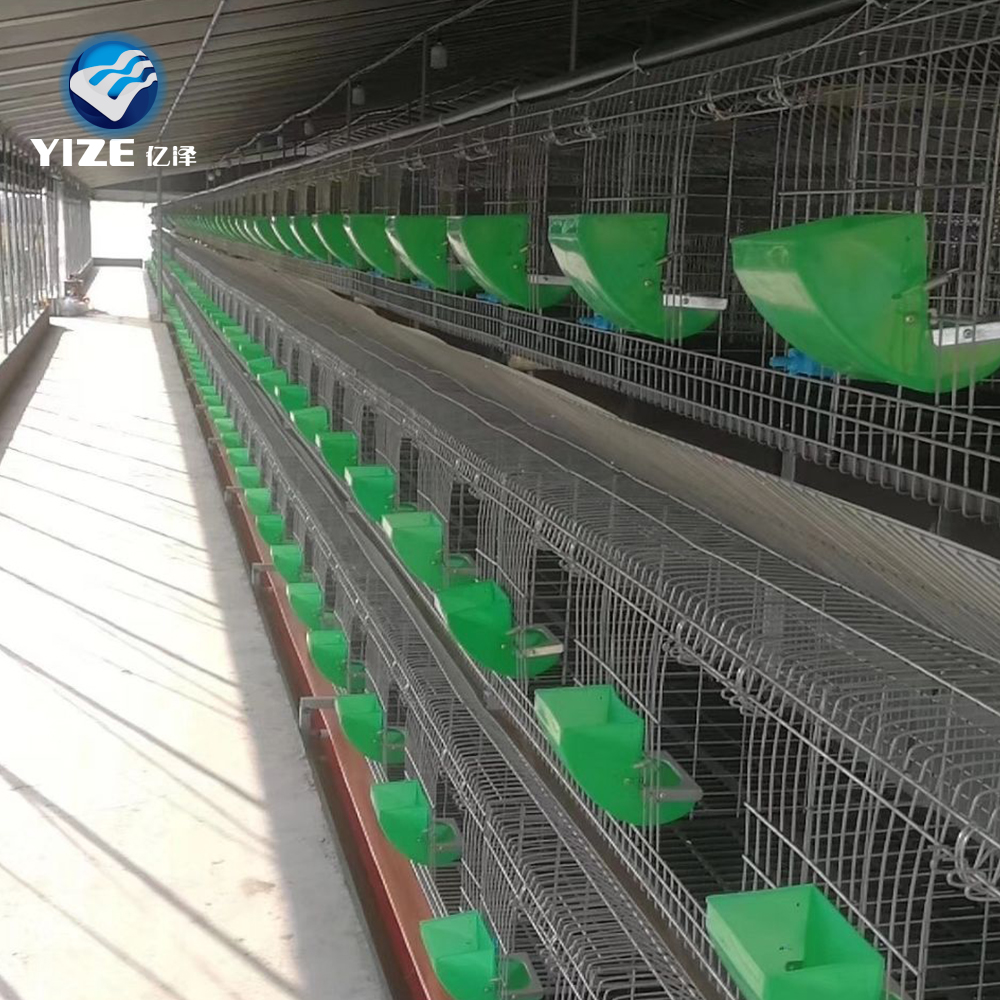Fully Automated Egg Tray Production Machine for Efficient Manufacturing
វិច្ឆិកា . 11, 2024 03:40 Back to list
Fully Automated Egg Tray Production Machine for Efficient Manufacturing
The Fully Automatic Egg Tray Machine Revolutionizing Packaging Solutions
In today’s fast-paced world, efficiency and sustainability are key factors in production processes. The fully automatic egg tray machine exemplifies these principles, transforming the way eggs are packaged while minimizing environmental impact. This innovative equipment not only streamlines the production of egg trays but also enhances quality and reduces labor costs, making it an essential tool for egg producers and packaging companies.
Understanding Egg Tray Production
Egg trays play a crucial role in the protection and transport of eggs, ensuring they reach consumers unbroken. Traditionally, egg trays were made from wood or plastic, raising concerns over sustainability and environmental waste. However, the advent of fully automatic machines marks a significant shift toward more eco-friendly solutions. These machines are designed to produce egg trays from recycled paper, thereby reducing reliance on non-biodegradable materials and promoting recycling.
Features of Fully Automatic Egg Tray Machines
The fully automatic egg tray machine comes with numerous features that set it apart from manual or semi-automatic alternatives. One of the most significant advantages is its automation capability, which minimizes the need for manual labor. This not only reduces operational costs but also increases production speed. A fully automatic machine can produce thousands of egg trays per hour, depending on the model and settings. The automation process typically includes pulp preparation, molding, drying, and packaging, all handled by the machine with minimal human intervention.
Another critical feature is the precision molding system. Advanced technology ensures that the egg trays are uniform in size and shape, providing optimal protection for eggs during transportation. The consistency in production quality helps reduce wastage and enhances the overall customer satisfaction, as eggs arrive safely at their destination.
fully automatic egg tray machine

Environmental Impact
One of the standout aspects of the fully automatic egg tray machine is its commitment to sustainability. The primary raw material used, recycled paper pulp, not only provides excellent cushioning for eggs but also contributes significantly to reducing plastic waste. By utilizing waste paper and other recyclable materials, these machines help in managing waste effectively, turning potential landfill contributions into something functional.
Moreover, many models are designed to minimize energy consumption during production. Incorporating energy-efficient technologies, these machines can operate with lower power requirements, thus reducing the overall carbon footprint associated with egg tray manufacturing.
Economic Benefits
Investing in a fully automatic egg tray machine is also economically sound. The initial investment might seem high, but the long-term savings attributed to lower labor costs, reduced material waste, and increased production capacity typically result in a favorable return on investment. Businesses can scale their operations efficiently, meeting higher market demands without compromising on quality.
Conclusion
The fully automatic egg tray machine is more than just a production tool; it represents a significant advancement in the packaging industry. By embracing automation and sustainable practices, this machinery not only enhances operational efficiency but also aligns with global goals for environmental protection. As the demand for eco-friendly products continues to rise, such innovative solutions will play a pivotal role in shaping the future of packaging. For egg producers looking to modernize their operations, this machine offers an invaluable opportunity to thrive in a competitive marketplace while contributing positively to the environment. As technology continues to evolve, the fully automatic egg tray machine stands at the forefront, ready to meet the challenges of tomorrow.
-
High-Quality Poultry Cages for Efficient Layer Farming Trusted Supplier
NewsApr.29,2025
-
Automatic Pig Feeding System Efficient Livestock Management Solutions
NewsApr.29,2025
-
Feed Chaff Cutter Machine Multifunctional & Efficient Crop Processing
NewsApr.29,2025
-
Right Poultry Farm Equipment Premium Cages & Automated Machines
NewsApr.29,2025
-
Manure Scrapper System Efficient Cleaning & Automated Feeding Solutions
NewsApr.29,2025
-
Premium Pig Fattening Pens Durable & Spacious Livestock Solutions
NewsApr.29,2025






